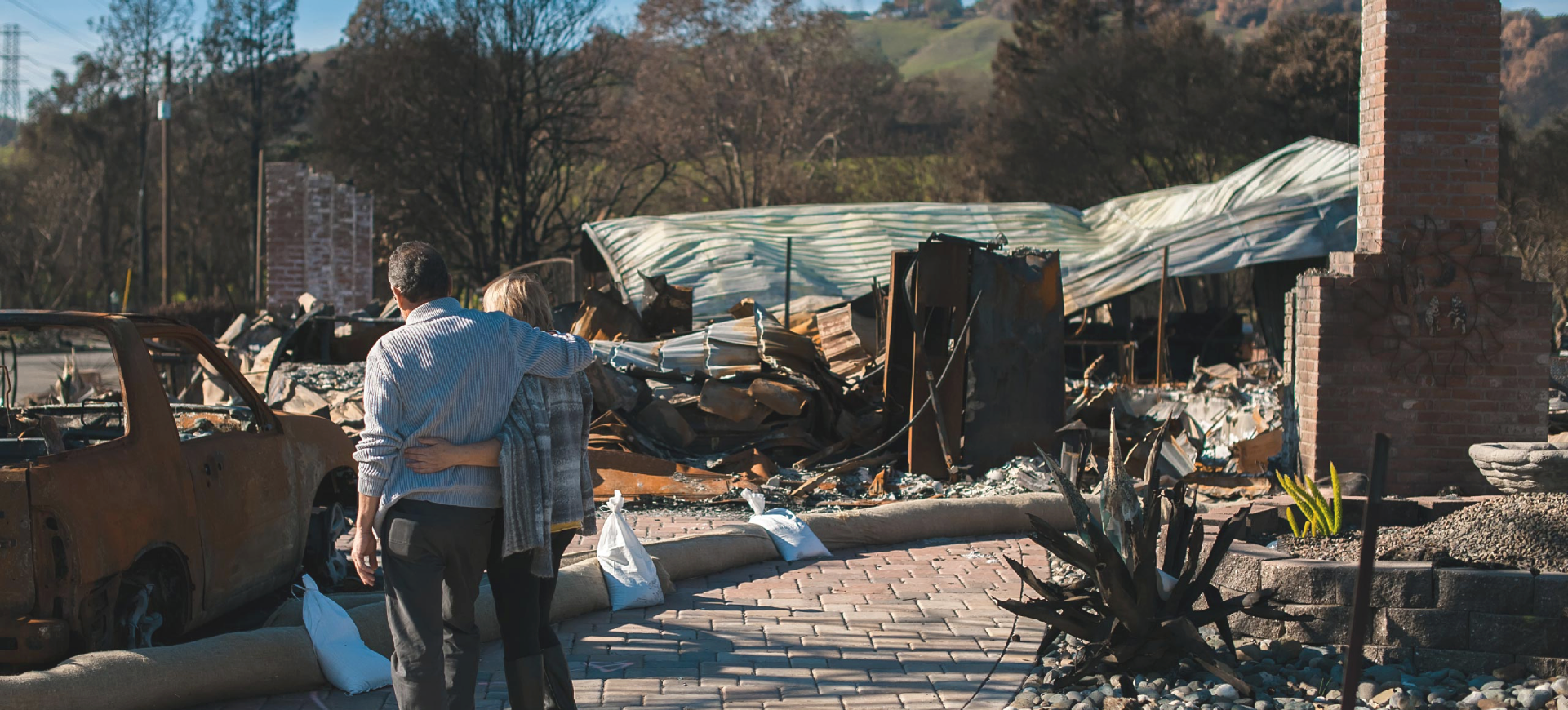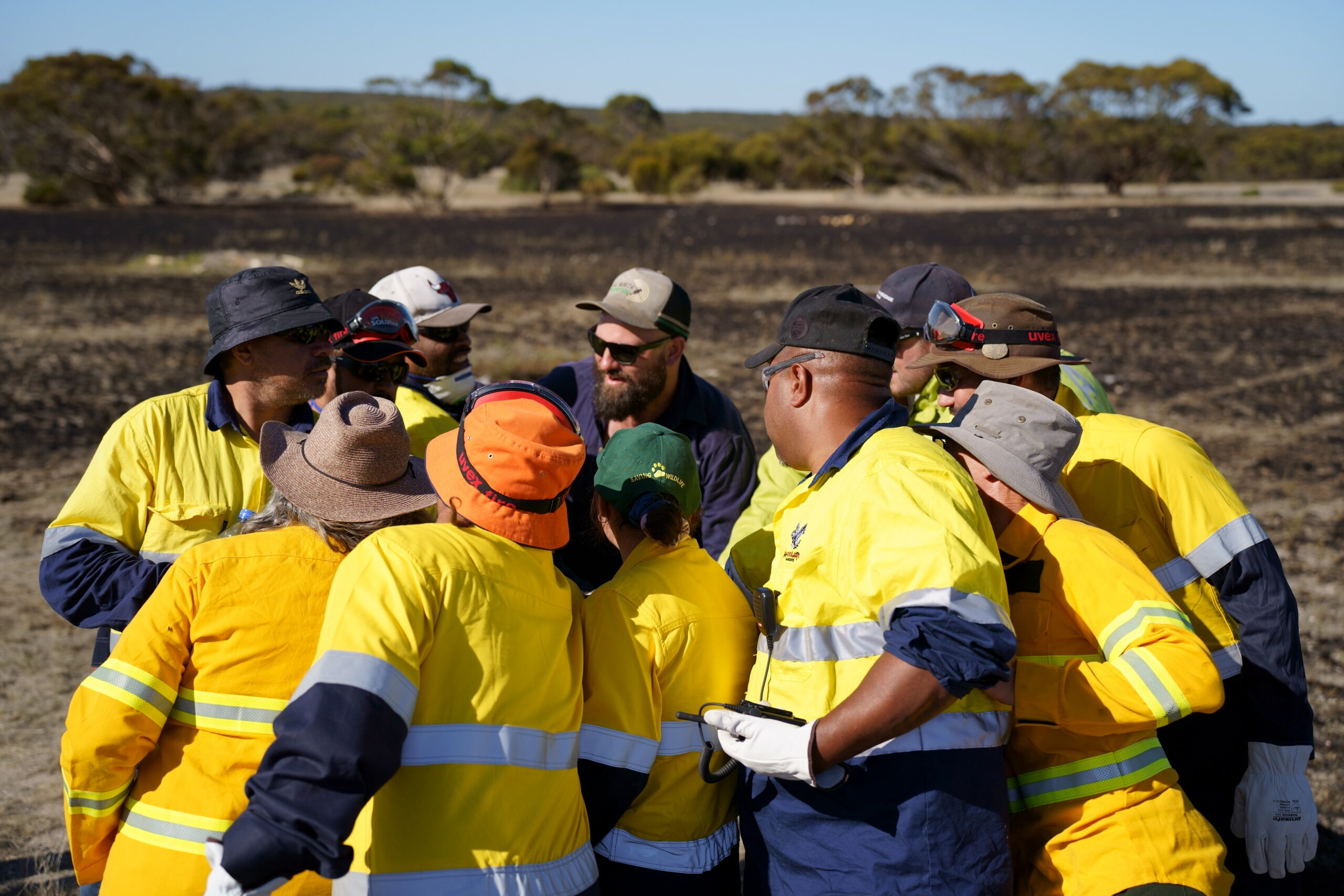
The haunting reality of a home succumbing to fire is a fear many homeowners share. Amidst the devastation, being underinsured can compound the distress, leaving one financially vulnerable and struggling to rebuild. Let’s explore why having inadequate insurance coverage can exacerbate the impact of fire damage and steps to safeguard against such risks.
Understanding Underinsurance:
Before diving into the risks, it’s essential to grasp what being underinsured means in the context of home insurance. Often, homeowners underestimate the replacement cost of their property, leading to a mismatch between coverage and the actual cost to rebuild or repair after a fire.
The Perils of Inadequate Coverage:
When fire ravages a home, the financial repercussions can be staggering for those underinsured. Limited coverage may not suffice to rebuild the property to its former state, leaving homeowners to grapple with out-of-pocket expenses or the inability to fully restore their home and lives.
Factors Contributing to Underinsurance:
Several factors contribute to homeowners finding themselves underinsured, such as failing to update coverage with renovations or home improvements, misunderstanding policy terms, changes to building requirements (especially in bushfire prone areas) or relying solely on market value rather than reconstruction cost.
Strategies to Mitigate Underinsurance Risks:
To shield against the dire consequences of underinsurance in the face of fire, proactive steps can be taken. Regularly reassessing insurance policies to align with current replacement costs, engaging in detailed conversations with insurance agents to understand policy terms, and documenting all property enhancements are pivotal.
Additional Precautions to Safeguard Your Home:
Apart from robust insurance coverage, adopting preventative measures can fortify your home against fire risks. Installing smoke detectors, fire extinguishers, vegetation management around the property and adhering to fire-safe practices significantly reduce the likelihood of a catastrophic blaze.
Conclusion:
The peril of fire poses a formidable threat to homes, yet the compounded risk of being underinsured magnifies the aftermath. Understanding the nuances of adequate insurance coverage and actively mitigating underinsurance risks serve as a shield, providing homeowners with the resilience to weather such adversities and rebuild their lives after the flames have been extinguished

Many of us know the old fire service adage “Put the wet stuff on the red stuff”. But, just what is the “red stuff”?
It was this question and many more that led to the Midwest Bush Heritage Team undertaking bush fire training earlier this Spring.
After a wetter than average Winter the team decided to conduct the training at Eurardy Reserve in Nanda Country, where revegetation is being undertaken in oldfields – meaning that not only could the team learn more about fire, but we could use our fire training to assist with our ecological restoration programs.
The training was run by the hotshots from SA BushFire Solutions who took us through a whole bunch of theory including the fundamentals of setting and achieving bushfire management objectives for ecological and fire protection purposes in natural ecosystems. We learnt about the contents of a fire management plan, how to set objectives, develop fire prescriptions, and undertake prescribed burns.
And yes we spoke about the “red stuff” – simply put, fire results when fuel and oxygen molecules are chemically combined under conditions of high heat to produce even more heat, light and combustion products. Now you know (if you didn’t already).
During the theory sessions the team learnt about basic fire chemistry that would allow us to anticipate a fire’s next move (which comes in quite handy when making tactical decisions on the fireground); site-specific fire management and response plans; assessing and managing fuel loads (e.g., by undertaking fuel reduction burns in the cooler months); creating fire breaks; managing access tracks, and coordinating with neighbours.
The team then got their hands (and heads) wet by (re)familiarising ourselves with our fire-fighting equipment – ensuring we were familiar with our own equipment, and the equipment on other reserves before putting it to use.
The next day after some robust (‘combustible’) discussions about managing risk and safety, Eurardy Reserve Manager Sam Fischer led the team through a SMEACS-Q briefing (Situation, Mission, Execution, Administration, Communication, Safety, Questions).
It was then time to light things up and do a test burn in the oldfield paddock – making sure firebreaks were in place, weather conditions monitored, and the wet stuff readily on hand if needed. The test-run went smoothly, and the team decided to continue on with the burn plan.
The burn got hot and smoky pretty quickly, but was kept under tight control under the careful eye of Burn Boss Sam (with the help of Brett from SA BushFire Solutions). Using drip torches to ignite the fire, rake hoes to create mineral earth breaks, and fire tanks for any spot fires – all while keeping an eye on the weather – the prescribed burn proceeded as planned. The team all deemed it a success during the debrief.
Training events like this help Bush Heritage staff gain appropriate skills and knowledge to undertake our own bushfire mitigation works on our reserves – protecting infrastructure, the environment and cultural sites, plus responding to and controlling summer bushfires.
The next steps for the Midwest team is exploring ‘right-way’ fire – learning from Aboriginal people who have managed fire regimes for thousands of years and continue to manage large parts of Australia through the careful use of fire. The synergy of traditional knowledge with modern science and technologies will be paramount on our reserves – as we work closely with Traditional Owners to recreate mosaic patterns of fire histories, which supports biodiversity and fire-sensitive plant and animal species.

Recent Comments